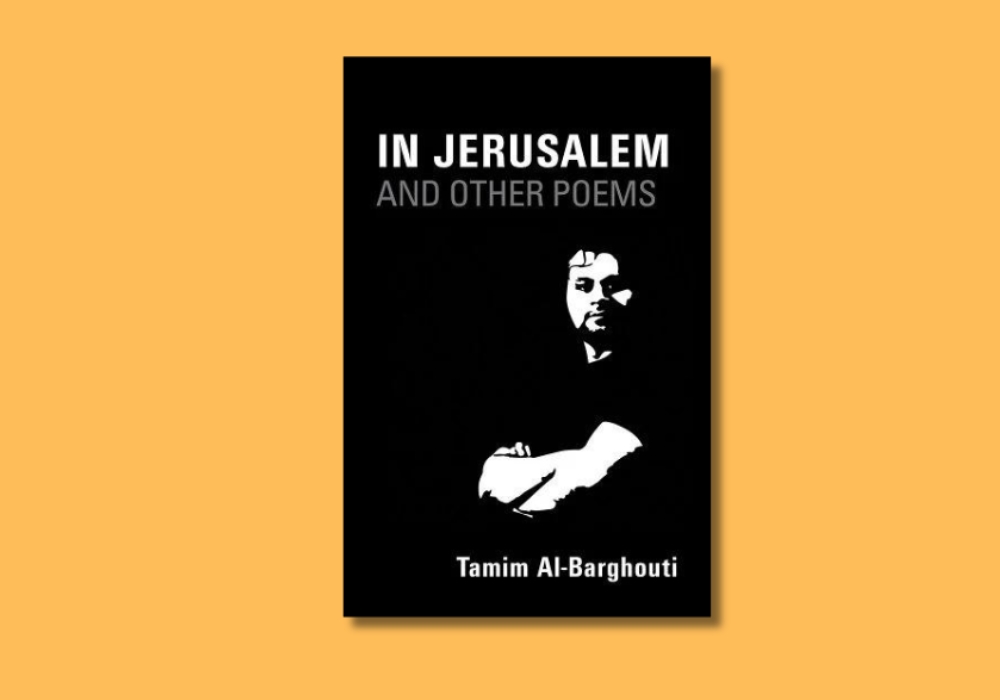In a morning session at today’s London Book Fair, Daniel Hahn asked a group of translators and translation advocates what it is exactly that makes a good translator. An “open-ended and impossible” question, he hastened to add, but one that at least needed to be considered by the panel, which had convened to talk about how to educate future generations of translators. If the group was going to speak about training the next generation, it needed to agree at least generally about some overarching aims. The responses, all smart and compelling, reinforced nonetheless that there remains a certain elusive element, of talent and verve (something like writerly ease), that conditions success in the field. Iris Schwank, of FILI in Finland and quickly the envy of all attendees when she spoke about the innovativeness and deep resources of her institution, said with a wry smile that the magic behind literary translation was a thing almost of mysticism. In an elegant continuation of the thought, Florin Bican of the Romanian Cultural Institute, spoke about the need, ultimately, for a translator to create melodies: not necessarily the same melody as the original text (which after all comes from another language), but something with, to use his words, “swing” that can recreate the tones and hum of the original.
It was interesting to hear the group concede that precise definitions were so difficult in this regard. After all, these panelists have all done so much to support translation in a range of different venues. In addition to Florin’s translation seminars in Romania, and the battery of projects supported by Iris Schwank at FILI, there were Sonia Garcia, a promoter of Catalan language and literature at the Institut Ramon Llull and translator Nicky Harman, who described a recent translator mentorship program embarked on at the behest of a publishing house.
The group’s keenness on the complexity of definitions was a fitting prologue to the next panel, which was something of a lament on over-simplifications. The topic here was the treatment of translations in the journalistic and critical arena. Here there was ready consensus at least on one point: given the limits of time and space, it is virtually impossible to have experts in international literature reviewing works in translation; one needn’t be an expert, or even speak the foreign language in question, to review a work in translation, but that doesn’t mean she can’t make a good-faith effort to respect the fact of a translation. Translator and critic Amanda Hopkinson shared war stories from the field of journalism, as did Zahid Warley of the BBC, broadening the perspective somewhat by speaking about his work in radio broadcasting.
Most important, in the field of reviewing, is that critics recognize that a work is appearing in translation and that it has not simply sprung up into English without a translator, the group affirmed. So the idea was to call attention to translation, to draw it out, which, interestingly, was a point of contention on the later panel, a group of booksellers who rounded out the day’s events by speaking about how to sell books in translation. Max Porter, of London’s James Daunt, and David Del Vecchio of New York’s beloved Idlewild, both insisted that books in translation tended to sell much better when they were simply marketed as good books—and not as works in translation per se. In effect, they didn’t think it particularly worthwhile to “prop up” and showcase literature in translation as such in their bookstores. Rather, theme-based approaches to presentation—as Del Vecchio and his Egyptian co-panelist Nadia Wassef reiterated—in which translated books appear alongside other works in a similar genre or on a similar topic tend most often to snag the most readers. Branding, too, was important. Publishers like Europa or New York Review of Books, which publish books with recognizable spines in a distinctive style, also help attract readers uncertain where to go for more of what they like. It was a nice note to end on, after two days of meditating on various aspects of translation work, to be speaking about the books themselves—and how to get them into the hands of readers. After all, this is a matter of pleasure finally; and as such it concerns both the heart and head. During the question period that followed this culminating panel, one publisher interjected, grinning almost mischievously: “literature . . . books in translation, are taken too seriously; maybe that’s the problem.”










